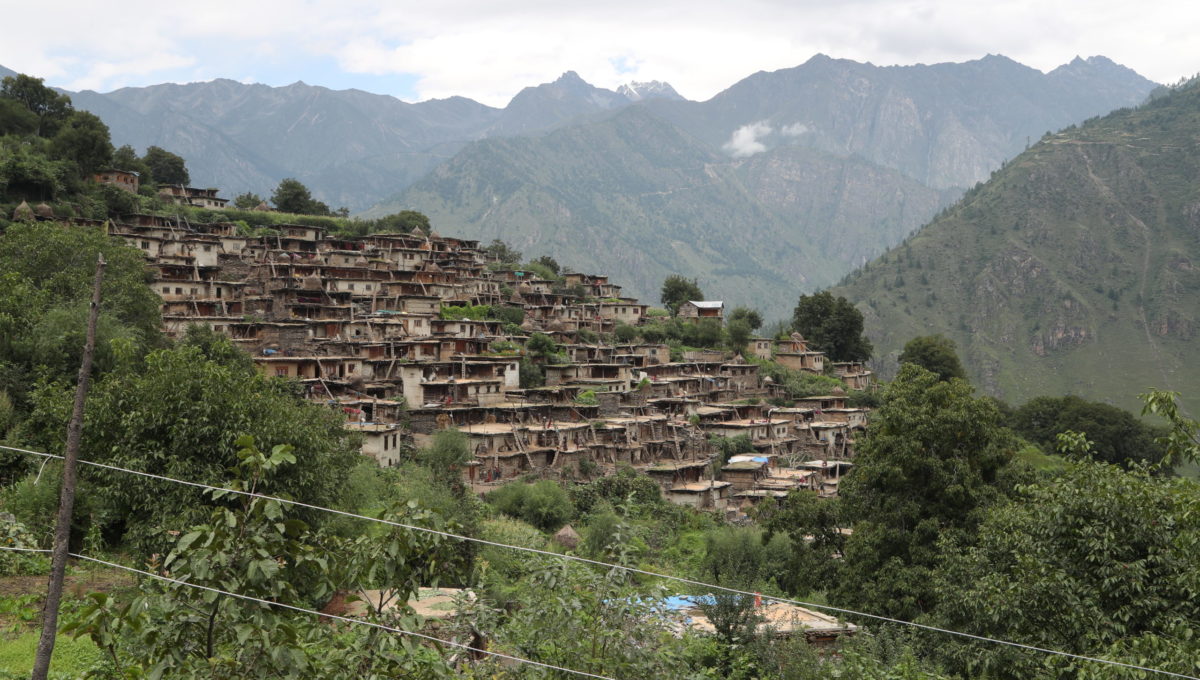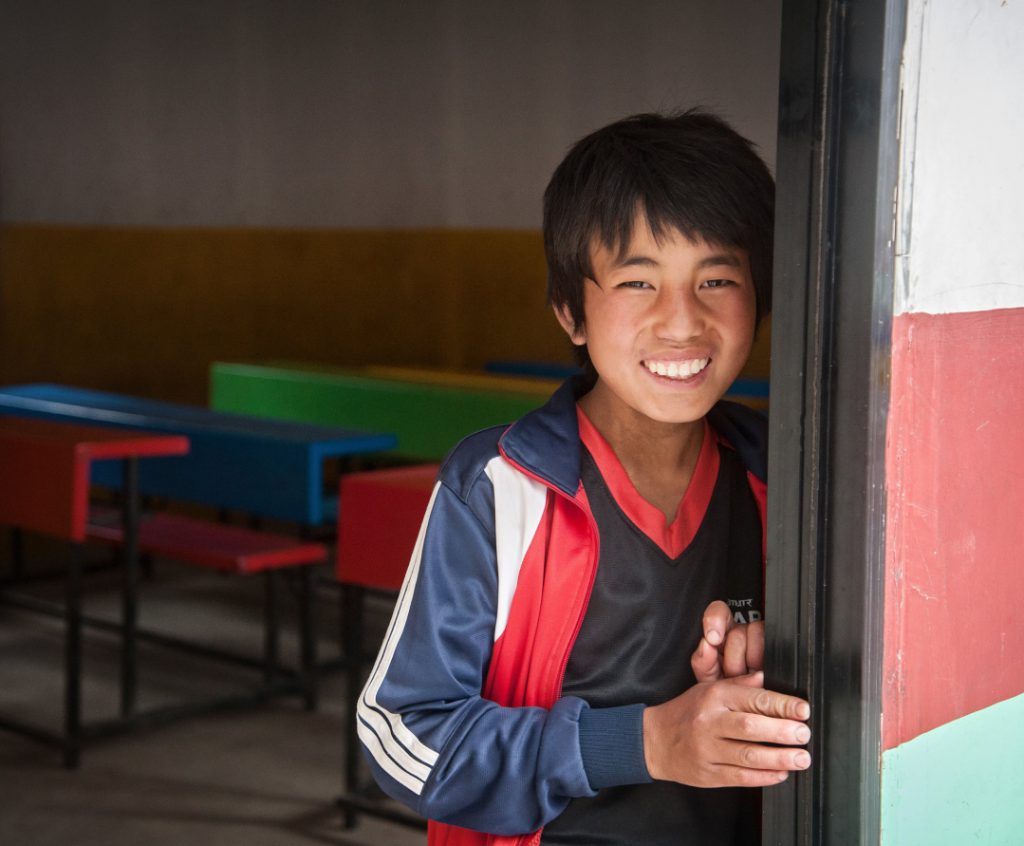After more than 24 years working in the remote district of Humla, Nepal, we are very excited to expand our work to three new village in Humla, Nepal: Syada, Santa and Yangu.
“We have big hopes and dreams for the future of these villages, and we are very ambitious to achieve those dreams”, says Angjuk Lama, Adara’s Nepal Programme Manager.
Humla is a remote, mountainous region, located in the northwest of Nepal, just under Tibet. It is the last district not yet connected by road to lowland Nepal. When we first started working in the district in 1998, it took 25 days to hike from the nearest road. Now, it’s still an eight-day hike from the closest road.
This remoteness creates huge challenges for the Humli people. The district has some of the nation’s lowest literacy rates, maternal and infant mortality well above the Nepali average, and food shortages each winter when families are sometimes snowed in for months.
One of the key goals of our Remote Community Development work is to provide children and youth in disadvantaged and isolated Nepali communities with access to quality education. We also want to ensure remote communities have access to essential health services. By expanding our work to these three new villages, we will be able provide these transformative services to many more people, while also showcasing how we can share our knowledge to deepen our impact. Our work in Humla now spans 14 villages.
“These three new villages are in upper Humla, about five hours walking distance from Simikot in the north,” Angjuk explains. “Comparatively these are big settlements, particularly Syada village.”
The villages are home to almost 2,000 people, including 400 school children. There are currently two schools in these villages. Due to lack of sufficient teachers, infrastructure, educational materials and awareness among parents about the importance of education, children from these villages are displaced throughout Humla. There is also only one health post that is unable to provide adequate care to the community.

“The state of health, education, food security, hygiene and other key resources are very poor,” Angjuk says. “The majority of the population in these villages are ethnic minorities such as Dalits and Bayse who live in deep poverty and with high rates of illiteracy. Even within Humla, these three villages are considered below average in all development indices.”
As part of our expanded work, we will begin implementing education, health and agriculture projects in these villages. This will include:
- Supporting the schools with teaching materials, school uniforms and supplies.
- Providing training for teachers, parents and school management committees.
- Supporting the health post with medicines and infrastructure improvements.
- Running water, sanitation and hygiene training for the community.
- Constructing greenhouses, as well as providing greenhouse training and distributing seeds.
“The community has been requesting that Adara work with these villages for a long time, but we weren’t able to earlier as we were focusing on achieving our goals in the villages we were currently working in,” Angjuk says.
With our work in our current villages producing outstanding results, we believe it’s time to expand our programmes to reach many more communities in need. We have conducted in-depth household surveys in these villages and have held several rounds of community consultation. This allowed us to ensure our work meets the needs of the community.
“We will put all our effort into establishing these villages as model villages for health and education services,” says Angjuk.
We look forward to deepening our impact in Humla by sharing our knowledge and expertise with these three new villages.

